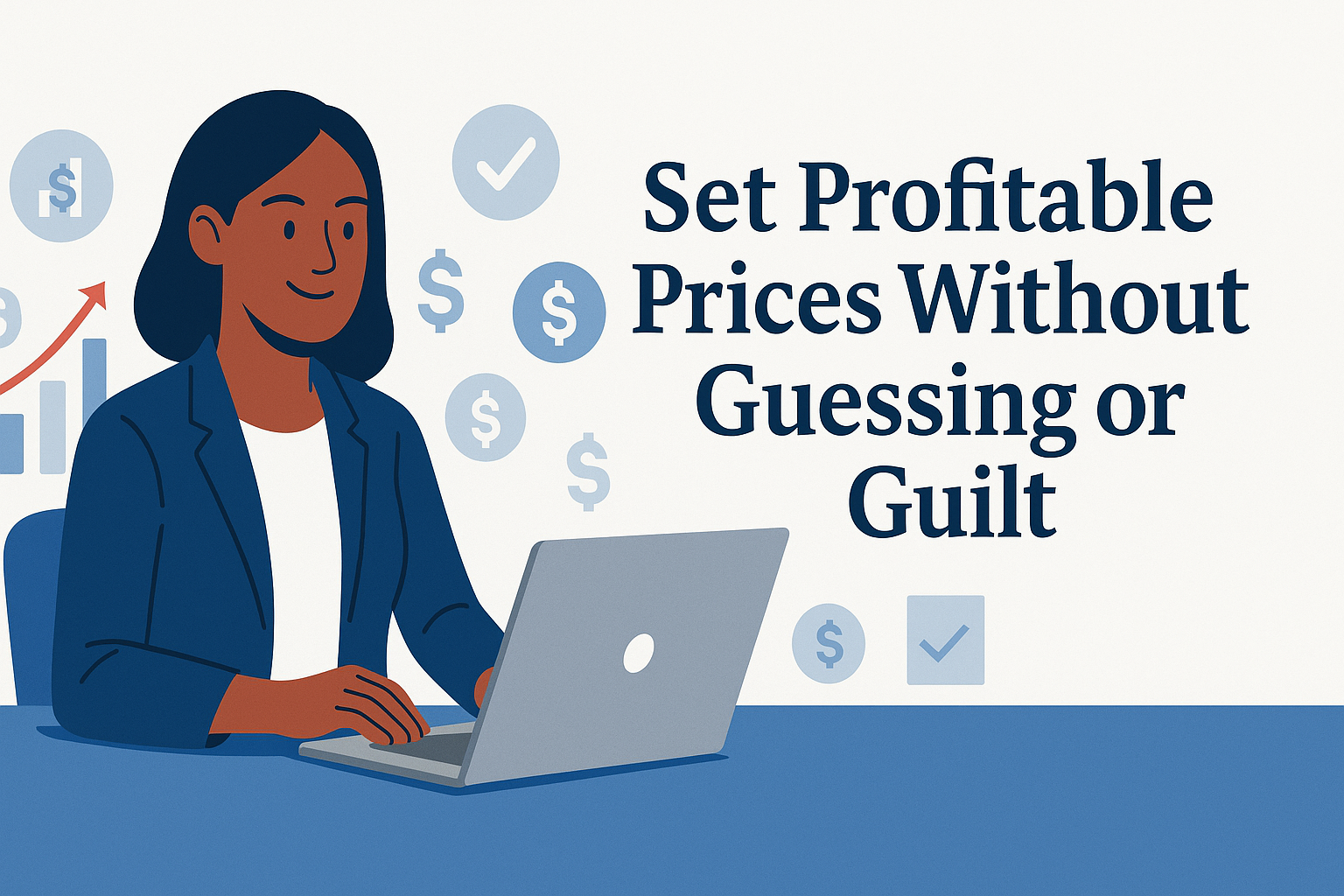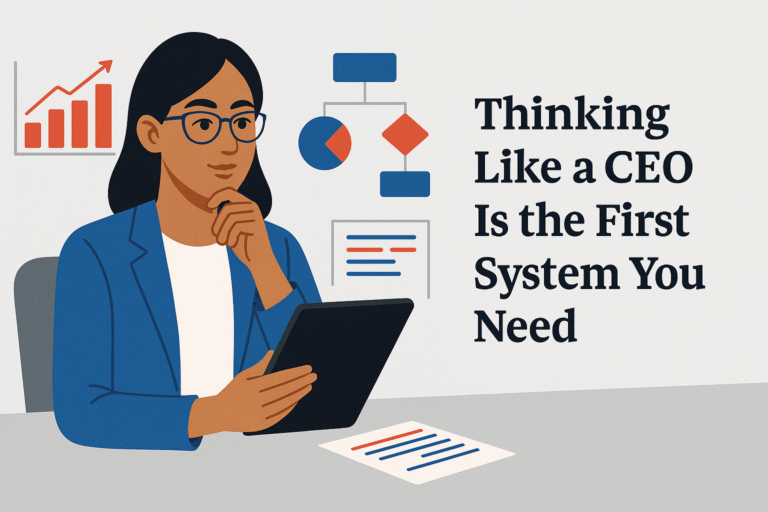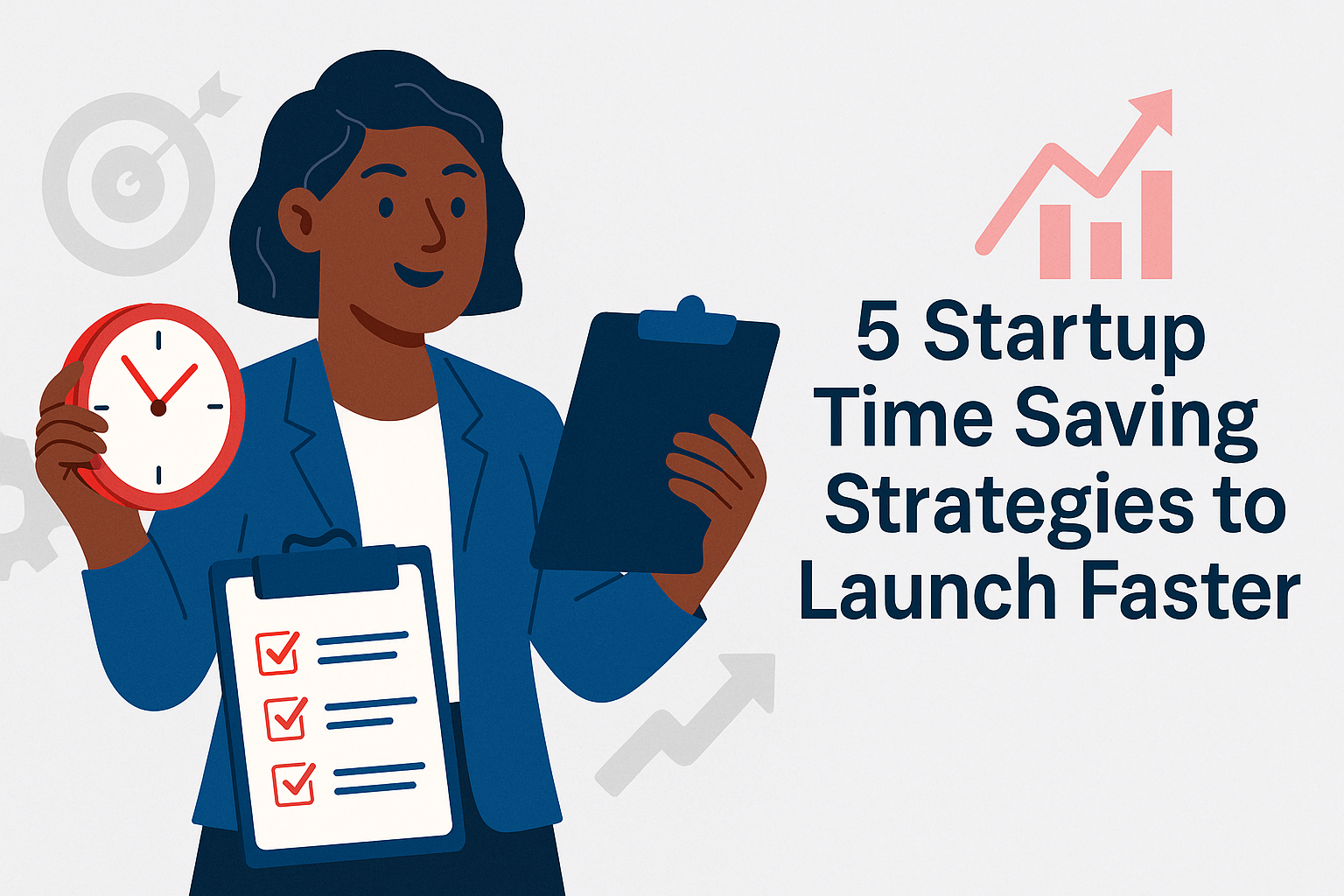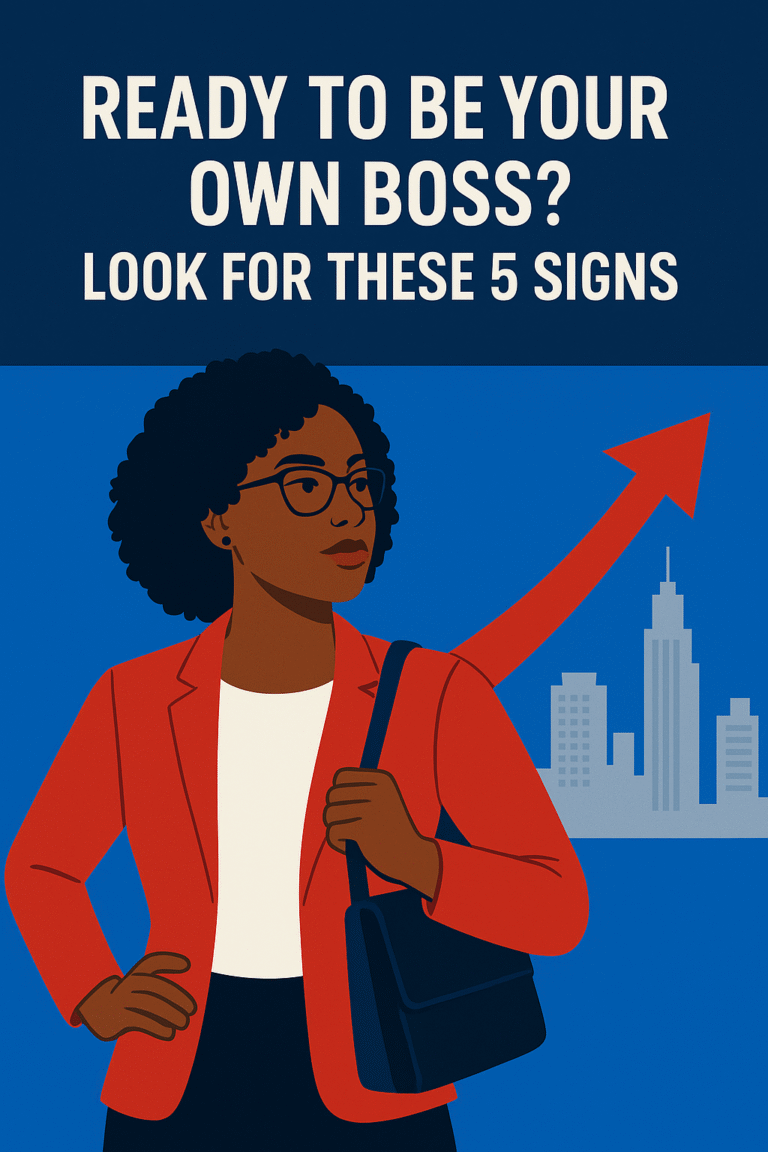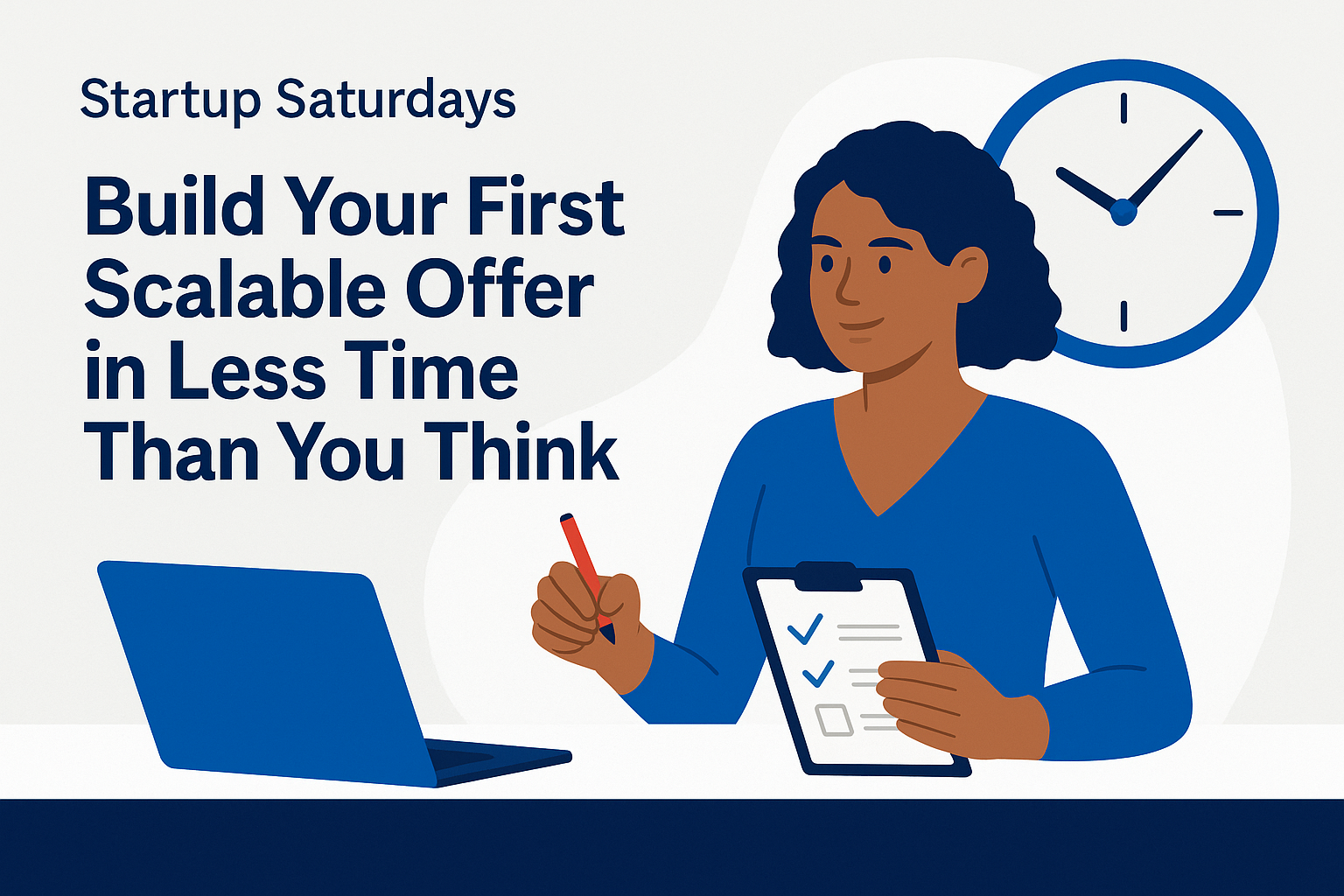Startup Saturdays
In the 31-Day Business Startup Challenge, I talk early about the need to build an MVP. It’s one of the most critical steps—and one of the most commonly skipped. I know, because I’ve skipped it myself.
I recently had a heart-to-heart with my mom about the messy middle of entrepreneurship—how so many people (myself included) fall into the trap of chasing systems that promise quick wins. There are thousands of programs out there that claim they’ll make your business take off. Some have their place, sure. But a lot of them? Just hype. They sell the dream, wrap it in testimonials, and bury the disclaimers in fine print: “Results not typical.” “This is not a get-rich-quick scheme.” You know the drill.
I’ve learned the hard way that if you want to build something profitable, you can’t cut corners. You have to build an MVP that actually validates your idea. Not something you hope people want—something they ask for, buy into, and give you feedback on. Flashy programs might sell shortcuts, but your customers are buying clarity. Let’s talk about how to give it to them.
The Problem with Cookie-Cutter Systems
Everywhere you turn, someone’s selling the next “proven formula.” A framework that worked for them—or for the early adopters—but feels hollow by the time it reaches everyone else. I’m not saying those systems never worked. I’m saying they’re often built for a version of the market that no longer exists.
I’ve seen it firsthand: programs that promise passive income if you just follow their steps. But what they don’t tell you is that the people who found success usually did so before the market was saturated. Before every niche had been flooded. Before the audience got wise to the tactics.
By the time most of us find these programs, we’re walking into a room that’s already been emptied out.
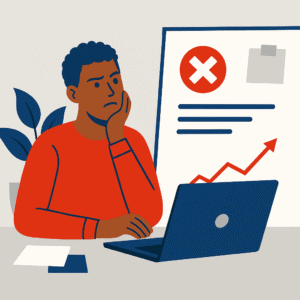
And then there’s the one-size-fits-all problem. The assumption that what worked for someone with a huge following, a high-ticket offer, or full-time availability will somehow work the same way for a solo entrepreneur juggling a day job, kids, and zero startup capital. It doesn’t.
When I look back, I see how tempting it was to rely on someone else’s system instead of building an MVP that actually reflected my business model, my audience, and my values. That shortcut mindset cost me. Not just in dollars, but in time and momentum.
There’s no shame in wanting a shortcut. But if you skip validation and follow a formula that doesn’t fit your life, it doesn’t matter how “proven” it is—you’ll still end up off course.
What an MVP Really Is—and What It’s Not
Let’s clear something up: an MVP isn’t a shortcut to profit—it’s a shortcut to clarity.
When you build an MVP (minimum viable product), you’re not trying to launch a perfect offer. You’re building the simplest, leanest version of your idea that lets you test whether people actually want what you’re offering.
That doesn’t mean throwing together junk or offering something half-baked. It means removing anything that isn’t essential so you can gather real feedback without overcommitting time, money, or energy too early.
If you’re selling a course, the MVP might be a live Zoom workshop or even just a detailed outline pitched to your email list.
If it’s a service, it could be offering the first version 1:1 to a few beta clients at a lower rate in exchange for testimonials.
If it’s a product, maybe it’s a landing page with a waitlist and a clear value proposition—not a full-blown e-commerce site.
Here’s the litmus test:
Are people responding?
Are they buying, even at a small scale?
Are you learning what they really need, not just what you assumed?
I skipped this step more than once. I’d spend weeks building polished, detailed solutions that no one had asked for—because I thought building “right” meant building “big.” It doesn’t. The most effective systems I’ve built started with listening, testing, and revising.
A solid MVP helps you answer the hard question early: “Is this worth pursuing—or am I solving a problem that doesn’t exist?”
That kind of insight is priceless. And it doesn’t require perfection. It requires intentionality, listening, and small-scale action—especially if you’re doing this part-time.
My Truth—The Steps I Skipped and What It Cost Me
 I’ve been in love with systems for as long as I can remember. I map them, automate them, teach others how to build them. But when it came to launching my own business offers? I didn’t always practice what I preached.
I’ve been in love with systems for as long as I can remember. I map them, automate them, teach others how to build them. But when it came to launching my own business offers? I didn’t always practice what I preached.
More than once, I skipped the MVP phase—or treated it like a checklist item instead of a testing ground. I’d build the whole thing: the course content, the portal setup, the email sequence, the PDF downloads… then try to sell it all at once.
The problem? I never validated whether anyone actually wanted it. I had skipped the most important part: getting proof that my idea solved a real, urgent problem for my audience.
The great thing about an MVP is that it doesn’t have to be free.
In fact, charging for your MVP is part of the validation. When someone puts money down—even if it’s just $20 or $50—they’re telling you, “Yes, this matters to me.” That decision carries way more weight than someone filling out a survey or saying “sounds interesting.”
I remember offering a free beta of a program once, thinking I’d use the feedback to make it better before the paid launch. But no one engaged. They didn’t finish the modules. They didn’t show up to the live calls. They didn’t value it—because they had no skin in the game.
Compare that to a different experience where I offered a stripped-down version of a service for a small fee. The feedback was immediate. They told me what worked, what was missing, and—most importantly—why they’d pay for a fuller version.
That’s what an MVP is supposed to do: help you learn while making just enough money to prove the idea has legs. If I’d embraced that earlier, I could have saved myself months of creating polished things no one bought.
Validation doesn’t come from applause. It comes from people opening their wallets—even if it’s just a crack.
The MVP Process That Works—Even If You’re Busy
You don’t need a full launch plan to build an MVP. You need a simple, focused test that works with your current schedule, not against it. That’s especially important if you’re building this business while working full-time, managing a family, or balancing limited energy.
Here’s what that can look like in real life—not theory:
Step 1: Talk to 5–10 Real People
Reach out to potential customers—not your friends or peers, but people in your target audience. Ask them what they’re struggling with. What they’ve already tried. What solutions they’d actually pay for.
You don’t need 100 survey responses. You need 5 honest conversations.
Tip: This is exactly what we help you do early in the 31-Day Business Startup Challenge. You don’t have to do it alone.
Step 2: Create a Quick Prototype
Based on what you learn, build the simplest paid version of your solution.
For a service? Offer a 1:1 consult with a defined outcome.
For a course? Host a live workshop before recording anything.
For a product? Build a one-page checkout with a clear promise.
You’re not aiming for scalable—you’re aiming for clear. Something people can say “yes” or “no” to. That’s it.
Step 3: Make an Offer
Price it—don’t give it away. Even $25 or $50 is enough to test demand. The number doesn’t matter as much as the transaction. If no one bites, it’s not failure—it’s data. That feedback helps you iterate fast and get closer to what works.
External Resource: Buffer’s MVP story is a great case study—they didn’t code anything until they had people opting in and paying.
Step 4: Watch What Happens
Track responses, questions, conversions, and follow-up behavior. Are people asking for more? Sharing it with others? Booking quickly? Or ghosting your landing page?
Let the data guide you. That’s how you validate.
If you’re strapped for time, break this into 30-minute sprints over two weeks. That’s still more productive than spinning for months on something you’ve never tested.
Build to Learn, Not Just to Launch
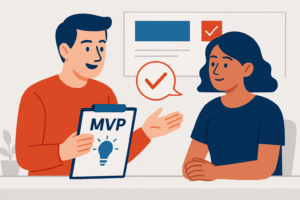 The biggest shift I had to make was realizing that the MVP isn’t about launching something impressive—it’s about learning fast. You’re not building to scale yet. You’re building to discover what works. That means your MVP might feel incomplete, messy, or even underwhelming to you—and that’s okay.
The biggest shift I had to make was realizing that the MVP isn’t about launching something impressive—it’s about learning fast. You’re not building to scale yet. You’re building to discover what works. That means your MVP might feel incomplete, messy, or even underwhelming to you—and that’s okay.
Because right now, your job isn’t to prove yourself. It’s to prove the idea.
When you build to learn, you focus on conversations, not perfection. You welcome small feedback loops instead of chasing a grand reveal. You stop thinking in terms of “I need to launch this big” and start asking, “What’s the smallest version I can offer to the people who need it most?”
Here’s the beauty of this approach: it lowers the emotional cost of being wrong. When you put 80 hours into a product, it hurts if no one buys it. When you put 8 hours into a lean, testable version? You can bounce back, adjust, and try again. That’s the power of building with intention instead of ego.
I’ve seen so many people—my past self included—waste time creating the ideal version of something that hadn’t been validated. But once you shift your focus to testing, iterating, and staying curious? You move faster, smarter, and more sustainably.
The right MVP won’t just confirm that your idea is solid. It will teach you how to serve your audience better. And that insight? It’s more valuable than any shortcut.
When You Don’t Skip Steps, You Build with Confidence
Every time I’ve tried to rush through the process—skipping validation, copying someone else’s strategy, assuming I already knew the answer—I paid for it. Not just in money, but in lost time, lost momentum, and the discouragement that follows when something doesn’t land.
But when I slowed down enough to build an MVP the right way—to test, to listen, to sell small before scaling big—that’s when things started working. That’s when clarity replaced guesswork. And that’s when I started building a business that could actually support the kind of life I wanted.

If you’re serious about building something sustainable, start with proof. Skip the shortcuts. Learn what your audience really needs, and let your MVP be the bridge between their pain point and your solution.
Because when you validate first, you build with confidence—not just hope.
If you’re not sure how to take that first step, the 31-Day Business Startup Challenge was designed for exactly this. It walks you through every phase of building, validating, and launching a lean business offer—especially if you’re doing it part-time.
You don’t have to build a business overnight. You just have to build it right.

